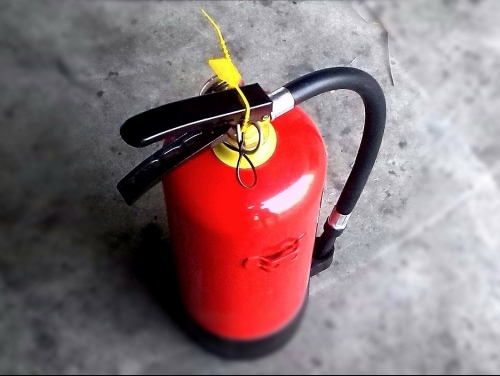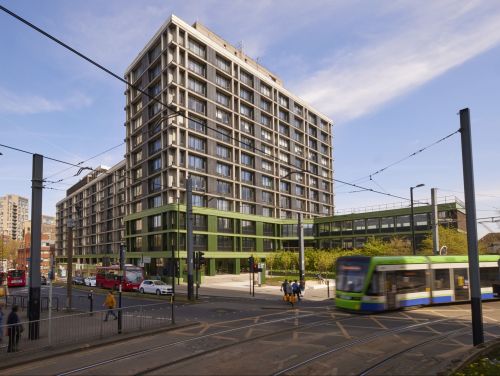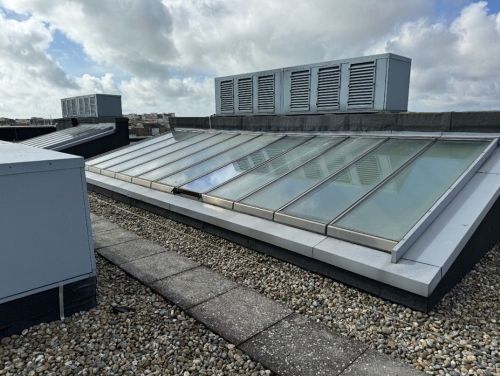6 May 2020
What steps should property managers take to ensure buildings are fire safe?
Building Consultancy
Despite the coronavirus pandemic, the government is pushing on with legislation to better protect multi-occupied residential buildings from fire in the wake of the Grenfell Tower tragedy. Its Fire Safety Bill recently had its second reading in the House of Commons, six weeks after being introduced, and will significantly widen the measures that need to be taken. This follows the government's guidance note in December 2018, banning the use of combustible materials in cladding on all blocks of 18m or higher in England and Wales, which has already had a far-reaching impact. Some valuers have declared flats worthless until materials are deemed safe or remedial works undertaken, causing major issues with mortgage applications. Insurers are also requesting evidence that the external envelope of the building meets government requirements.

The problem of unsatisfactory wall cladding is widespread with most buildings failing to meet the new standards. Failure to carry out a survey on a building where the external wall materials and workmanship cannot be verified could lead to enforcement action by the Fire Service or, worse still, a criminal prosecution if the potential for fire spread is found.
To combat these issues and provide consistency in valuations, the RICS launched a new industry-wide External Wall Fire Review form (EWS1) just before Christmas. Property managers must obtain certification that the building's cladding system and balconies are non-combustible and have the appropriate fire-stopping measures in place, including cavity barriers around windows and between flats.
SHW's building consultancy team has been working increasingly with property management companies to achieve certification on thousands of flats across London. The process involves a building surveyor carrying out a joint inspection with an appropriately qualified fire engineer and building contractor.
This team will check the cladding make-up and cavity barriers between floors, walls and windows, using a hydraulic 'cherry-picker' lift to provide high-level access. On-site inspections typically take one to three days and the subsequent report is produced within two weeks, providing clear recommendations for compliance or the need for remedial works.
Should the building fail its inspection - as many do - budget costings can be provided for the project management of any remedial works. These could include replacement of timber cladding with an alternative non-combustible material which looks similar; recoating timber cladding to reduce the surface spread of flames or installing suitable cavity barriers.
To help finance the escalating cost of remedial works, the government is providing an additional £1 billion for blocks above 18m in height. It is currently out to consultation on extending the ban on combustible materials to buildings of 11m or higher and is making sprinklers mandatory on all new blocks of this height.
Housing Secretary Robert Jenrick is also planning to hold a roundtable with mortgage lenders to work on an agreed approach to mortgage valuations for buildings under 18m tall, to provide greater certainty to owners affected by vital building safety work.
These actions are all in addition to the Fire Safety Bill currently making its way through parliament. The government said the Bill would "clarify that building owners and managers of multi-occupied residential premises of any height must fully consider and mitigate the risks of any external wall systems and fire doors in discharging their duties under the Fire Safety Order".
"We strongly advise building owners to consider the risks of any external wall system and fire doors in their fire risk assessments, irrespective of the height of the building, ahead of the planned clarification," it concluded.
Demand for professional building surveys therefore looks set to rise and is likely to lead to a shortage in relevant expertise, longer timescales for surveys and reports and further pressure on property owners and managers seeking to comply with critically important fire safety standards.




